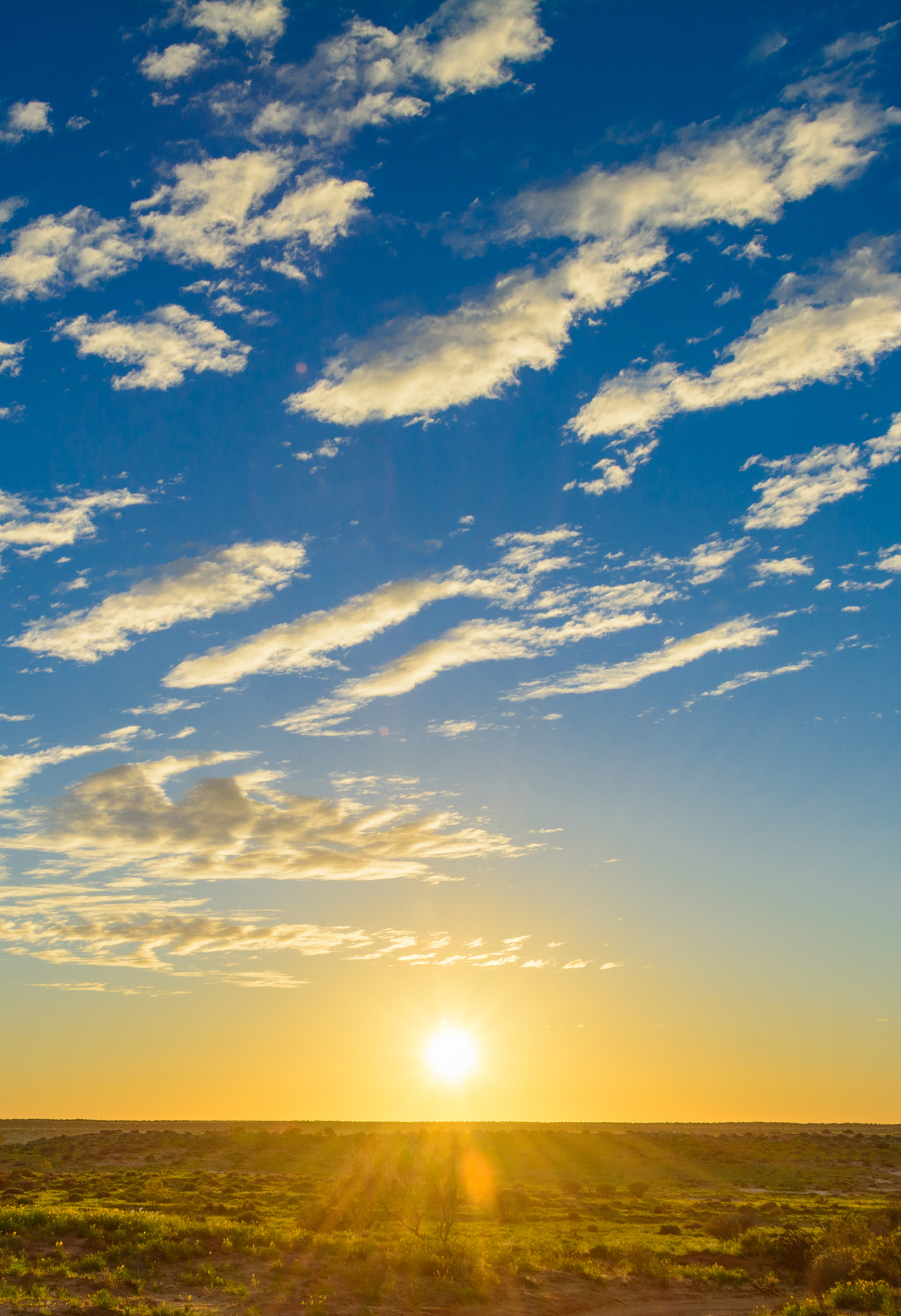All things Window Tint
February 15, 2017Without a doubt I would say tinting
is a necessity on any vehicle, especially a 4WD. It keeps the heat out, your
air con is more efficient, it cuts down sun glare
and is often key to a slick looking truck.
There are a few things to know when
picking your window tint to make sure you’ve chosen something that is going to
go the distance, keep looking as good as the day it was fitted and out of the
eye of Mr Plod.
When deciding on window tint it is
important to keep in mind that heat from the sun comes in two types, the light
you can see and the infrared light that you can feel.
There will be four important numbers
(jargon) that your tinter will then spit out at you when you ask for the price:
1.
Total Solar
energy rejected (TESR) – The higher the number the less heat.
2.
Visible Light Transmitted (VLT) – How much
light gets through, this defines whether it is legal or not.
3.
UV Rejection –
How much UV light it blocks; it should always be 99%.
4.
Glare reduction
– The percentage by which
visible light is reduced
Which is the right choice?
There are four general categories of
window tint. Each brand has its own name for the product, but the end product
is very similar. The price will differ significantly between the four.
Dyed
Dyed tint is the cheapest tint
around. It’s what was around years ago and if there you see a car with purple
bubbling tint, its most likely dyed tint. The dye in the film absorbs the light
into the film and then dissipates the heat as air moves over the surface of the
glass. Dyed tint generally looks good, but will fade (or change colour) over
time, and gives the least amount of heat block out.
Metallic
Metallic tint reflects the heat away
from the windows. Embedded in the tint is (very) small metal particles.
Metallic tint has a couple of additional benefits over any other tint, it
strengthens the glass due to the metal properties and is more scratch
resistant. Metallic tint will have a reflective look to it that isn’t to
everyone’s taste. The biggest downside, is the effect it has on electronic
devices inside the vehicle. It’s an instant no if you have a glass mounted
antenna, it may also affect the quality of the signal received by keyless entry
systems.
Carbon
Carbon window tint appears dark and
has a flat finish to it. It provides a very good cosmetic appearance and is
very resistant to fade. It will block up to 57% (on 5% VLT) of the total heat
from the sun. and blocks up to 99% of UV light. Carbon film in Australia is
made by 3M. It won’t effect your electronics and comes with a lifetime
warranty.
Ceramic
This is the ‘ducks guts’ of tint. Embedded
in the film is tiny pieces of your mother’s best crockery that is invisible to
the eye. It has the best heat rejection to visibility ratio. Typically it isn’t
dark like other tints because it doesn’t need to be. It is a relatively new
product and is already widely available and the only product a lot of places
sell. It will be a little more expensive, but like anything in life, you get
what you pay for. This wont effect your electronics and isn’t reflective.
Legalities
That acronym VLT I mentioned earlier
is the deciding factor on whether tint is legal. As with anything relating to
vehicle laws it gets a bit grey, so let me try and make it clear:
In all states; you may tint the
windscreen with a minimum of 75% VLT film. You may also tint the top 10% of the
windscreen (as long as it isn’t in the wiper arc) with anything you like.
In all states you may tint the front drivers’
windows with a minimum of 35% VLT film.
In VIC, SA, ACT, Tassie & NSW all
other windows may also be tinted with a minimum of 35% VLT film.
In WA, you may install a minimum of
20% VLT film behind the ‘B’ pillar and in NT you can fit 15%.
For utes and vans you may tint the
window adjacent to an area used to carry a load, eg, the rear window of a ute,
with any film you like.
So before you just hand over the keys
to your pride and joy, ask all the questions of your tinter – you’re paying
good money for it. Ask to see the samples of tint and make sure it ticks all
your boxes and comes with a lifetime warranty. Also, shop around, prices can
vary a fair bit.








